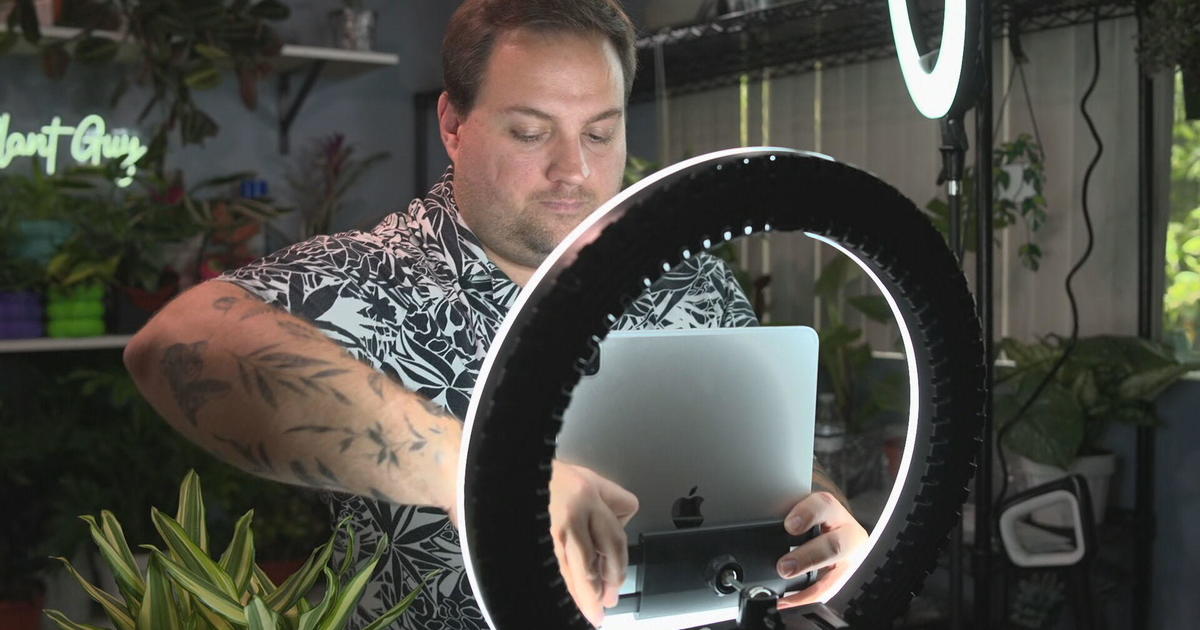Carbon, a driver of climate change, could become a valuable resource
ESSEN, Germany — On a dreary November morning, a small party of visitors from around the world boards a boat for an hour-long ride around what was once one of the most polluted waters in the Ruhr valley.
Lake Baldeney has become a symbol for the efforts Germany is making to revive its western industrial heartland, and the gleaming white vessel is meant to showcase where the journey is heading: toward a cleaner, sustainable future.
The boat is the first in the world to be fitted with an electric engine powered by a fuel cell containing methanol — a form of alcohol that inevitably prompts "booze cruise" jokes among passengers. What makes the boat really stand out, though, is the fact that the methanol is produced using a chemical process which draws carbon out of the air.
The technology, though still relatively new, is being touted by some as a weapon in the fight against man-made climate change, caused to a large degree by carbon emissions from fossil fuel use.
Levels of carbon dioxide in the atmosphere have steadily increased since the industrial revolution, contributing to the greenhouse effect that is spurring global warming.
The U.N.'s panel of scientific advisers on climate change has predicted that unless carbon emissions peak within the coming years, average temperatures around the world will rise by more than 2 degrees Celsius (3.6 Fahrenheit) with potentially catastrophic results.
The boat is one of three prototypes designed to show that carbon converted to methanol — in this case with power from a nearby hydroelectric plants — can serve as an eco-friendly fuel of the future. The others are a car than can run for 310 miles on methanol and a house capable of producing and storing all the electricity it needs to be self-sufficient.
Similar projects are springing up around the world and several were showcased on the sidelines of the global climate meeting in Bonn, Germany, while delegates were hammering out rules needed to implement the landmark Paris climate accord. The 2015 agreement, since denounced by President Donald Trump but backed by every other government on the planet, set a goal of keeping global warming significantly below 2 degrees Celsius, but didn't lay down many of the practical details needed to ensure the treaty works.
Among the pioneers that have been getting the most attention is Swiss company call Climeworks, which operates a site near Zurich that draws carbon dioxide from the air and pumps it to a nearby plant nursery. While the saplings would naturally absorb CO2, Climeworks is effectively providing them with fertilizer and speeding up the removal of carbon at the same time.
Daniel Egger, the company's head of sales, said the operation should break even within two years and can be scaled up easily. Climeworks is also experimenting with a different type of carbon capture at a site in Iceland, where CO2 is harvested from the air and pumped deep underground. There, it bonds with limestone to form a solid that stays safely out of the atmosphere.
Analysts such as Andrew Jones say such systems can at best make a small contribution to achieving the Paris goals.
"If your basement is flooding, your top priority is to turn off the faucets, not reach for the mops and buckets," said Jones, who is co-director of Climate Interactive, a think tank that uses computer models to simulate solutions to global warming.
Jones said that removing 10 billion tons of carbon dioxide from the atmosphere each year, as some models suggest will be necessary, would require the energy equivalent of 1,200 new nuclear plants, or more than all of the wind and solar power forecast by the International Energy Agency to be available by 2040.
"While we should study these machines, the world runs the risk of being distracted by the fantasy of large-scale carbon dioxide removal when the priority should be a war-scale effort at preventing greenhouse gas emissions in the first place," he said.
Doing so, however, would mean ending all use of fossil fuels by the year 2050 at the latest, a plan that few governments and businesses are willing to get behind.
To most, the notion of going "carbon neutral" by the middle of the century will require a broad mix of measures, from reducing emissions to recapturing some and even using technologies that haven't been invented yet.
A half-hour drive from Lake Baldeney lies one of Europe's oldest steelworks. The site in Duisburg, next to the Rhine river, was founded in 1891 and to this day a vast mesh of pipes, railways and chimneys covers the four-square-mile site.
It is operated by Thyssenkrupp, a company that once made cannons for the German kaiser but is now struggling to compete against cheaper rivals from India and China. One solution, according to its chief technology officer, Reinhold E. Achatz, has been relentless innovation. Recently, that has included devising a way to utilize the carbon dioxide released in the steelmaking process and turning it into fuel, fertilizer or plastic.
A new facility scheduled to open in April will cut down 10 million tons of CO2 emissions a year, Achatz said. Replicated across steel plants worldwide, the process could save 50 times as much while providing a raw material that would cut down on the need for oil.
"Carbon dioxide isn't a waste," Achatz said. "It's a resource."



